This piece by John Skillen of Gordon College has profoundly influenced our vision of a healthy relationship between pastors, artists, audience, and patrons. We've posted a preview below; the whole piece can be found here.
During several centuries in Italy from roughly 1250-1550—the period of the Italian Renaissance that serves as an inevitable reference point for the Studio for Art, Faith & History, given its location—the conditions of the production and use of art included reliable relationships among four parties or constituencies. These were the artists who made the artworks, of course, but also the communities who made the art work to give shape and purpose to the activities that marked their identity, the patrons who commissioned and funded it, and the scholars called in to advise the artist on the themes and concepts for which the artist gave sophisticated visual form. The Studio sees value in reconsidering for our own time these pre-modern conditions.
During recent centuries the relationship among these four parties eroded as the autonomy of the artist became the paramount value. The community of users became the detached viewers of an art for art’s sake, and the intelligentsia commented and critiqued afterwards, but had no direct role to play in the process and production of art. The role of patrons changed from having a hand in the making of art to being collectors of finished artworks.
In pre-modernity, art in every form and medium was the product of clear accountability among these four parties. To be sure, the lines of communication were seldom conflict-free, nor free of self-serving motivations. Nevertheless these conditions ensured the social relevance of the artwork and the answerability of artists to their publics. And artists were respected as those with the skill to give tangible visible form—a “local habitation and a name,” in Shakespeare’s phrase—to the deep values and beliefs of the sponsoring community.
The cultural vitality of the Italian Renaissance cannot be explained only by the presence of individual artistic geniuses, but rather by the widespread consensus shared among the ruling families and town councils, artisans and merchants, clergy in churches and those living in monastic communities, guilds and confraternities about the purposefulness of art, about aesthetic criteria and civic ideals and religious belief.
It is my hunch that if people of Christian faith are to foster a vibrant culture of the arts in the church and from the church to our society, we ought not focus attention primarily on the artists themselves--on improving their training, affirming their value and raising their self-esteem--even as we leave them to their own devices in deciding what to paint or sculpt and how to keep food on the table and pay the rent. Nor is it enough to increase museum going, or to sustain a bullish market in art collecting, hoping that a few artists of Christian faith will make the big time. Nor is it sufficient to educate and habituate the laity to be appreciative but passive audiences of already-completed works of art displaced from any real-life setting where the artwork is put to work. Rather, we must restore and cultivate active and respectful relationships among these four parties to the work of art. We need to revive an in situ view that puts art in its place by letting the art work in a place.
Thus a motivation at work in all the Studio’s efforts is to help train a new generation of artists willing and able to work humbly yet astutely with patrons and commissioning communities; to foster a new generation of patrons who appreciate the value of art both in the church and from the church for society; to cultivate a new discourse-community of interpretation through which the arts can be understood, evaluated, and contextualized through historically-informed conversation; and to encourage communities in the use of art for their own edification and enrichment, for helping them do the work of the people, able to discriminate art that is answerable to their guiding beliefs from that which is merely trendy or safely old-fashioned.
Let’s take a snapshot of these four parties, past and present.
Read the rest of this on the Studio for Art, Faith & History’s website.

